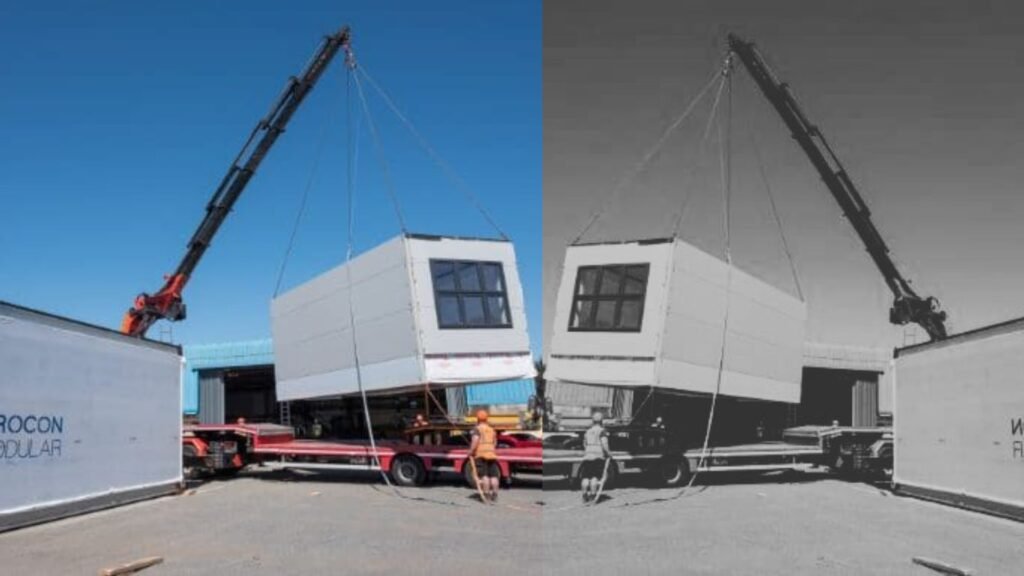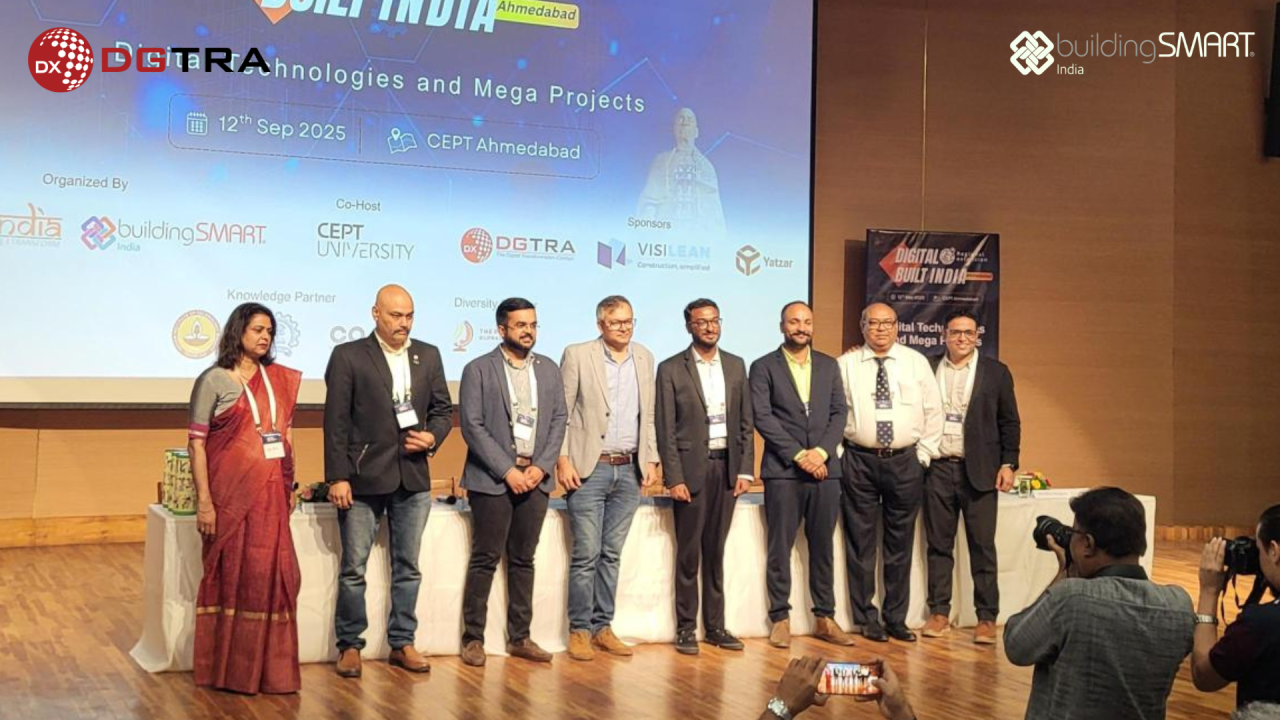Enhancing design coordination and document control through a digitally structured BIM environment
Client Overview
A reputed Irish construction firm with over 30 years of experience, the client specializes in delivering custom modular building solutions across residential, healthcare, educational, industrial, and commercial sectors. Known for their efficiency and off-site manufacturing capabilities, they cater to both private and public infrastructure programs across Europe.
Problem Statement
To keep pace with the growing complexity of modular construction, the client recognized the need to adopt more robust digital workflows that would enable greater design coordination, ensure standardized documentation, and facilitate efficient manufacturing-to-installation transitions. However, their legacy workflows lacked alignment with international standards and made collaboration across disciplines and geographies increasingly difficult.
Key Challenges
- Disconnected architectural and engineering design development workflows
- Inconsistent document handling across teams and suppliers
- Difficulty maintaining traceability and compliance with ISO 19650 standards
- Limited visibility into coordinated models and trade-level clashes
- Fragmented data and file management environments leading to inefficiencies
- The need to streamline data between multiple project platforms and environments
DGTRA’s Approach & Solutions
DGTRA worked closely with the client to reframe their design and document workflows into a digitally coordinated, ISO-aligned delivery environment. The approach was designed to enhance not only the quality of design but also the reliability and accessibility of project information across the value chain.
Key solutions provided included:
- Standards-Based Document Management: Structured and deployed ISO 19650-aligned workflows to ensure traceability, control, and compliance
- Revit-Enabled Design Development: Supported architecture and engineering teams with integrated digital modeling practices for better coordination
- Modular Coordination Models: Developed 3D coordination environments to preemptively resolve spatial and service clashes in factory-assembled units
- Streamlined Documentation: Aligned drawing and data outputs with off-site manufacturing requirements and sequencing
- Platform Integration: Enabled seamless connectivity across legacy and cloud-based systems for centralized data handling
- Collaboration Enablement: Supported multi-disciplinary teams across time zones with shared access to current models and documents
Solution Ecosystem
DGTRA’s vendor-neutral ecosystem brought together a modular toolkit of process, technology, and people enablement to support scalable collaboration and efficiency. The ecosystem included:
- Standards-aligned workflows tailored to modular construction
- Model-centric design and review loops to manage interdisciplinary inputs
- Data synchronization bridges to unify multiple collaboration platforms
- Drawing version control systems ensuring accuracy across trades
- Stakeholder access frameworks for secure and role-based collaboration
All implementations respected the client’s operational preferences while ensuring future scalability.
Conclusion
Through DGTRA’s intervention, the client achieved a high-performing, ISO 19650-compliant BIM delivery system that significantly improved design coordination, reduced rework, and enabled more predictable outcomes in modular construction.
By embedding intelligent workflows and structured document controls, DGTRA helped the client shift from fragmented processes to a centralized, collaborative digital ecosystem — ensuring their teams, suppliers, and partners could operate with clarity, speed, and confidence across every project stage.











